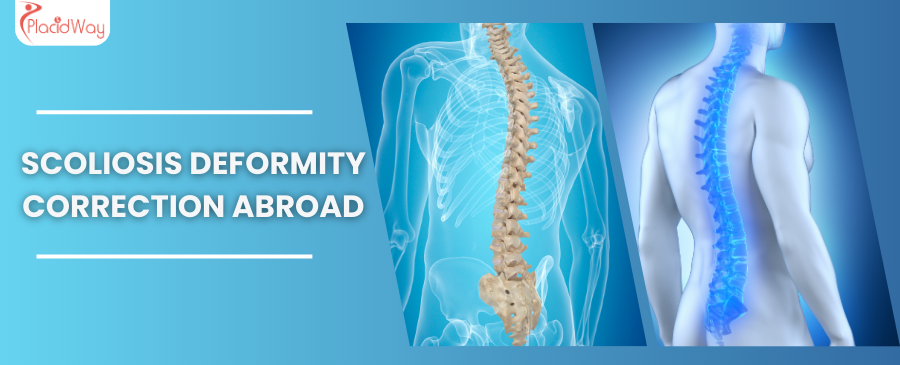
Table of Content
Key Insights at a Glance
- The procedure typically involves spinal fusion and rod placement.
- Average cost of the treatment abroad is significantly lower than in the U.S.
- Risks include nerve damage, infection, and potential need for further surgeries.
- Internationally accredited hospitals offer high-quality care and advanced technology.
- Patients usually require several months to fully recover and resume normal activities.
What is Scoliosis Deformity Correction?
Scoliosis deformity correction is a surgical procedure aimed at correcting abnormal spinal curves. It typically involves spinal fusion, where vertebrae are joined together, sometimes including the use of rods and screws to stabilize the spine. This treatment is recommended when scoliosis causes significant pain, functional impairment, or progresses rapidly.
Symptoms of Scoliosis
- Visible curve in the spine
- Uneven shoulders or waist
- One hip higher than the other
- Appearance of leaning to one side
- Back pain and discomfort
Latest Types of Scoliosis Correction available in the World
| Type | Description | Advantages |
|---|---|---|
| Traditional Surgery | Spinal fusion with rods and screws | Long-term stability |
| Minimally Invasive Surgery | Less invasive approaches for fusion | Shorter recovery time |
| Non-fusion Techniques | Use of growth rods or vertebral body tethering | Preserves spine mobility |
Safety concerns related to Scoliosis Correction Overseas?
- Potential for inadequate postoperative care
- Risk of infection due to different healthcare standards
- Communication barriers may affect understanding of care instructions
- Traveling long distances post-surgery can increase complications
Risks Associated with Scoliosis Correction Globally
- Nerve damage resulting in loss of sensation or movement
- Blood loss during surgery possibly requiring transfusions
- Infection at the surgical site or hardware related
- Possibility of further surgeries if initial outcomes are not satisfactory
Procedure of Scoliosis Correction
Cost of Scoliosis Correction in the World | Compare Prices
| Country | Cost |
|---|---|
| Mexico | $15,000 |
| Turkey | $12,000 |
| Thailand | $18,000 |
| Colombia | $14,000 |
| India | $10,000 |
| Austria | $25,000 |
| USA | $40,000 |
| UK | $35,000 |
Find Prices for Scoliosis Correction Near You
FAQs Related to Scoliosis Correction Overseas
What does the Scoliosis Correction Cost without insurance?
The cost of scoliosis correction without insurance can vary greatly depending on the country, ranging from $10,000 to $40,000.
What is the success rate of this surgery?
The success rate of scoliosis correction surgery is generally high, with most patients experiencing significant improvement in spinal alignment and reduction in pain.
How long is the recovery period?
The recovery period can last from a few months to a year, depending on the extent of the surgery and the individual's health condition.
Are there age limits for this surgery?
While scoliosis surgery is typically performed on adolescents, adults can also be candidates, especially if their condition is causing significant pain or functional impairment.
Can scoliosis correction be performed without surgery?
Non-surgical methods like bracing or physical therapy are options, but in severe cases, surgery might be the only effective solution.
Book Your Scoliosis Correction Abroad with PlacidWay
Explore high-quality, affordable options for scoliosis correction abroad. With PlacidWay, you can access internationally accredited hospitals that specialize in orthopedic surgeries, ensuring you receive the best care at a fraction of the cost. Start your journey to a better spine health today!
Affordable Spine Surgery | Best Spine Surgery Abroad

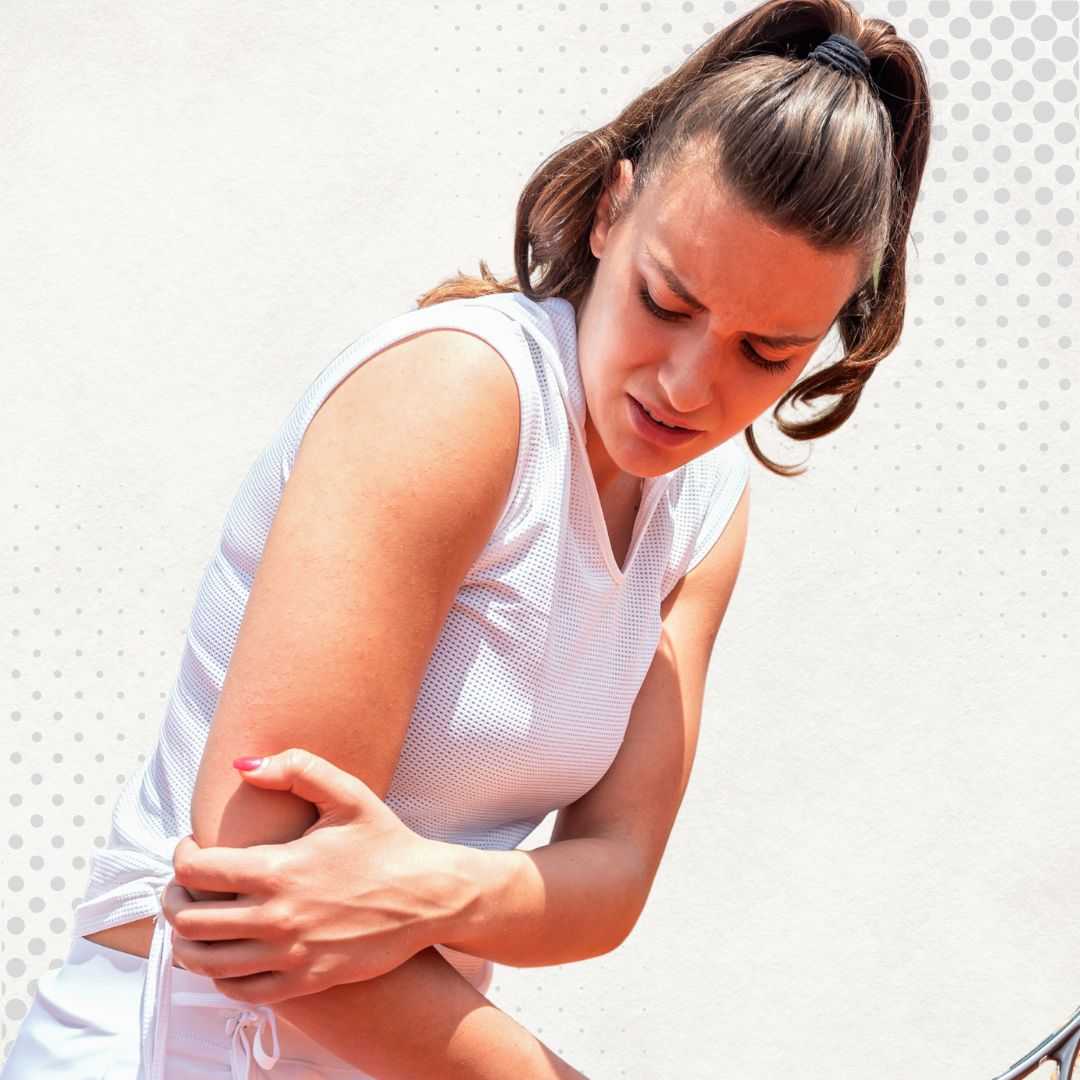
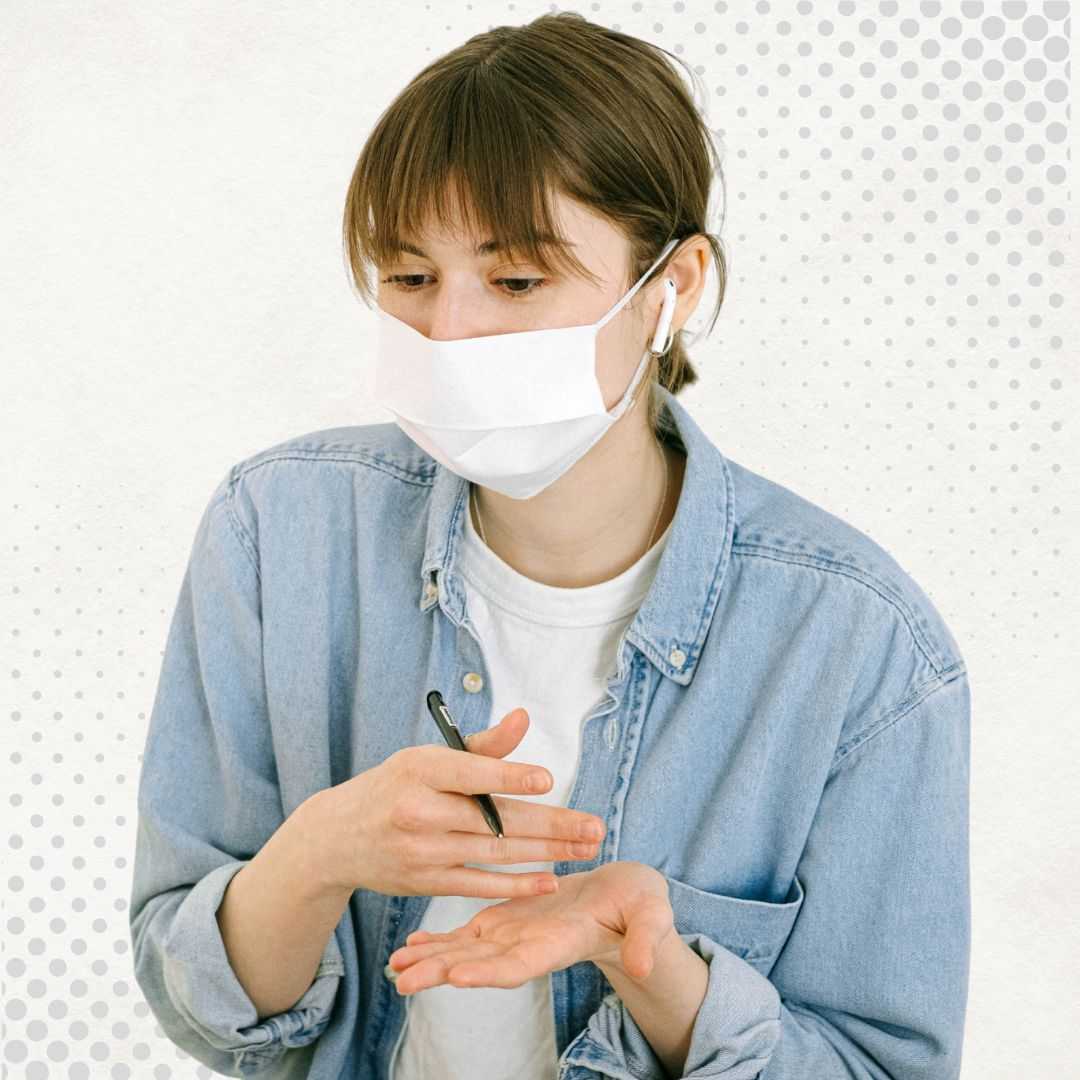

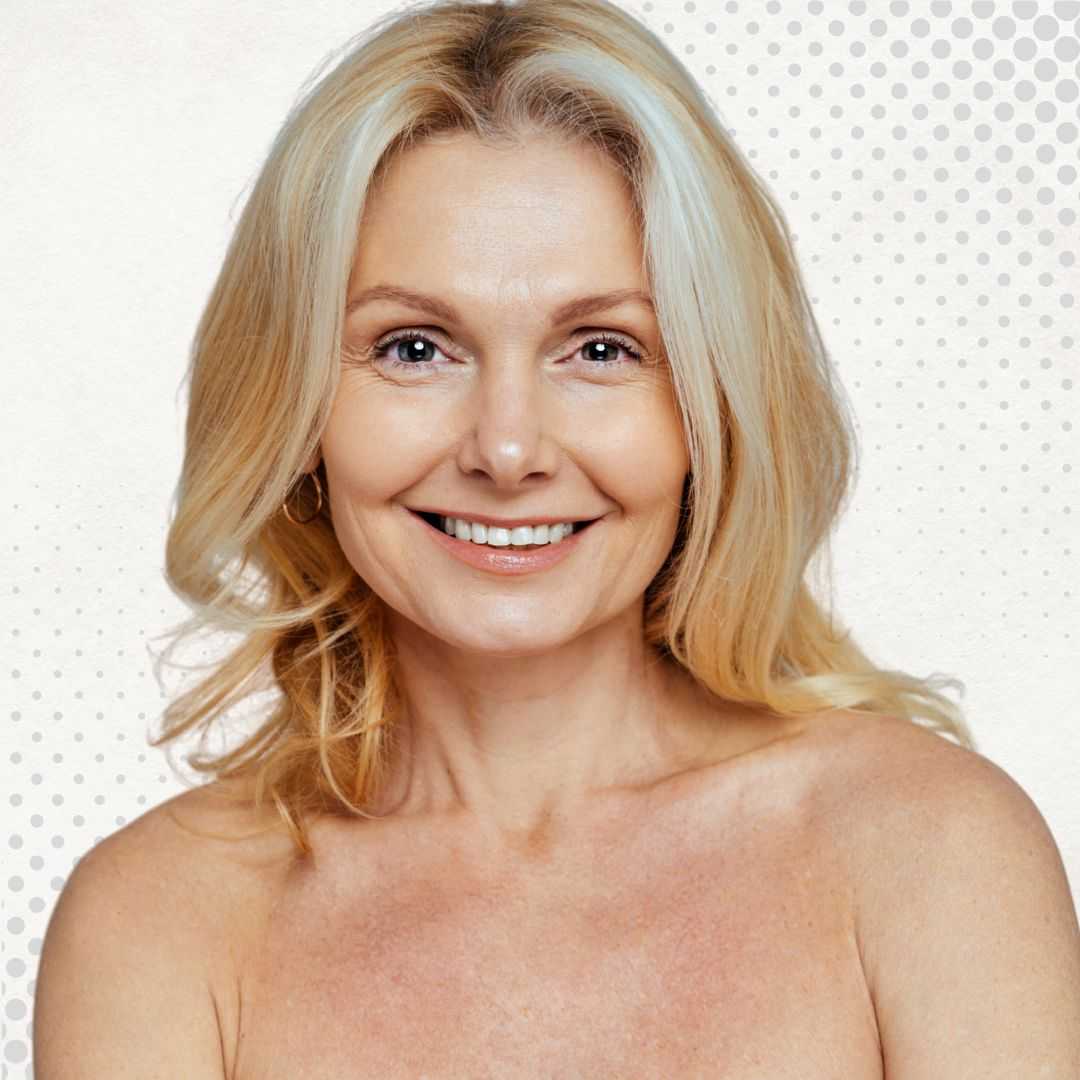


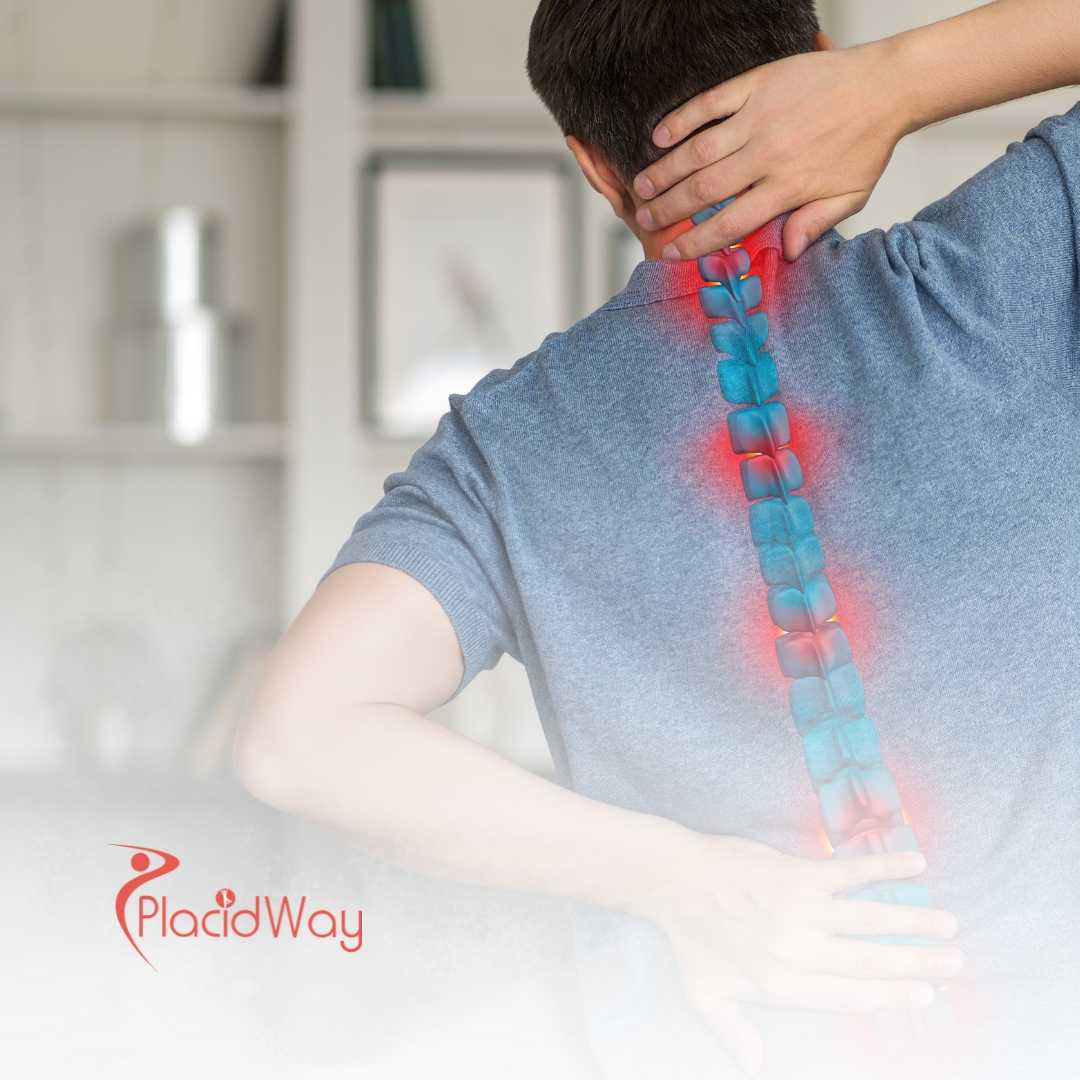


Share this listing